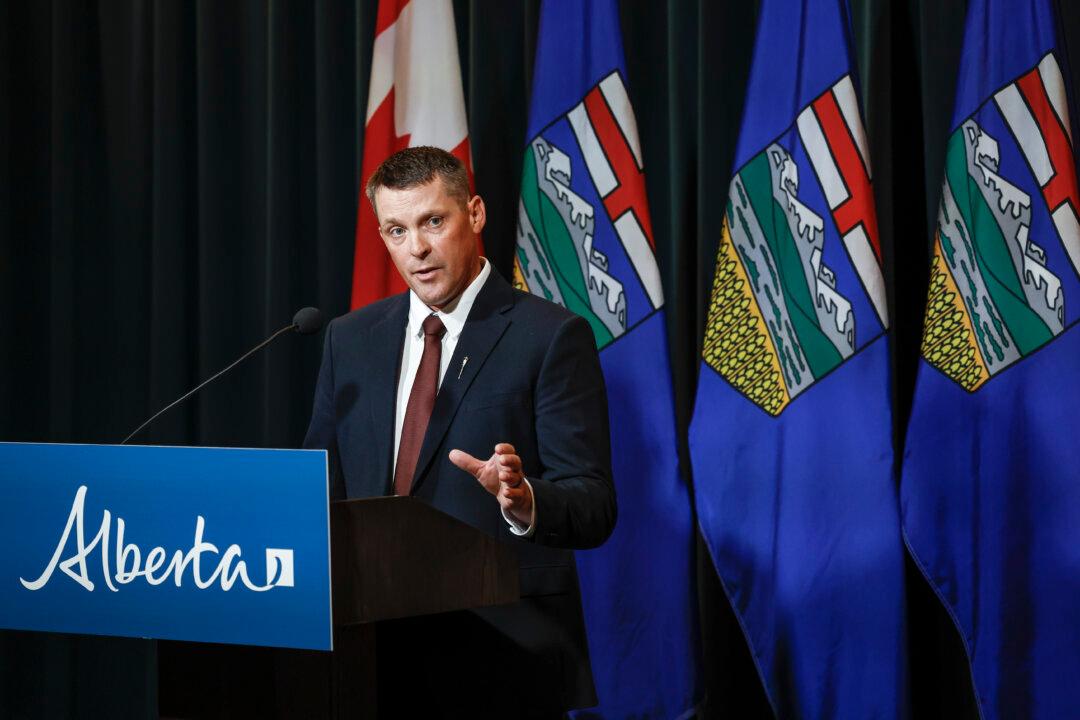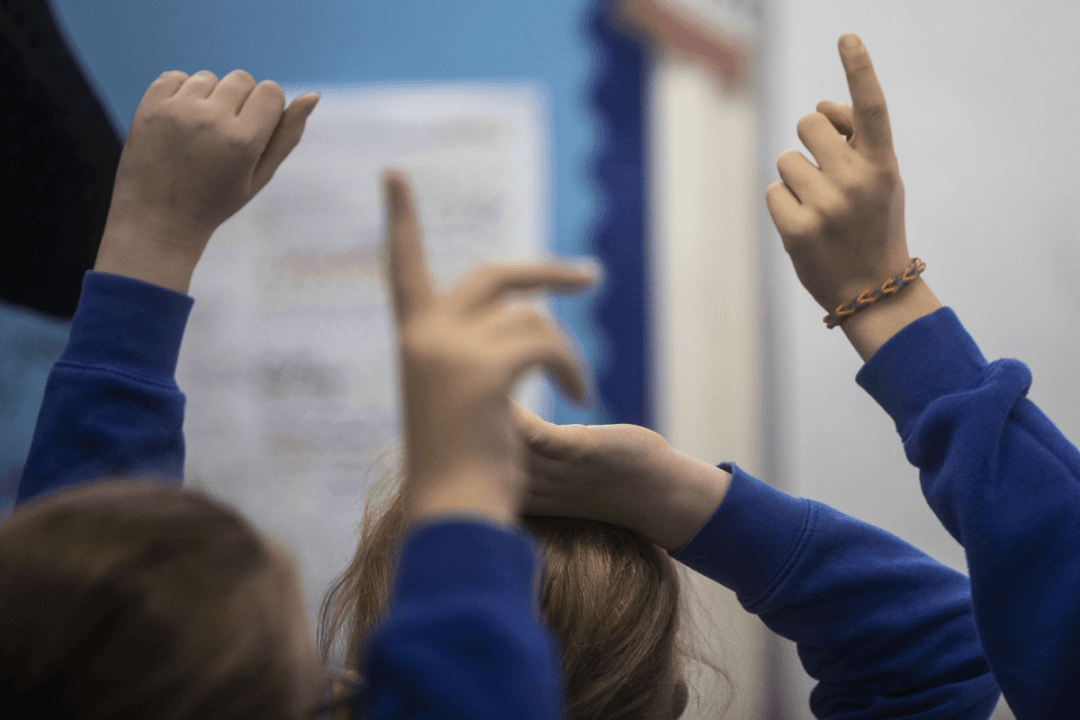Alberta’s 2024-25 budget was tabled on Feb. 29, forecasting a $367 million surplus while increasing spending in health, education, and reserves for dealing with natural disasters.
President of Treasury Board and Minister of Finance Nate Horner announced a budget that increases spending by 4.4 percent in both health care and education. It also increases funding to deal with contingencies like wildfires and drought in the coming year. At the same time, it allocates about $3.2 billion to pay down the province’s $78.4 billion debt.





